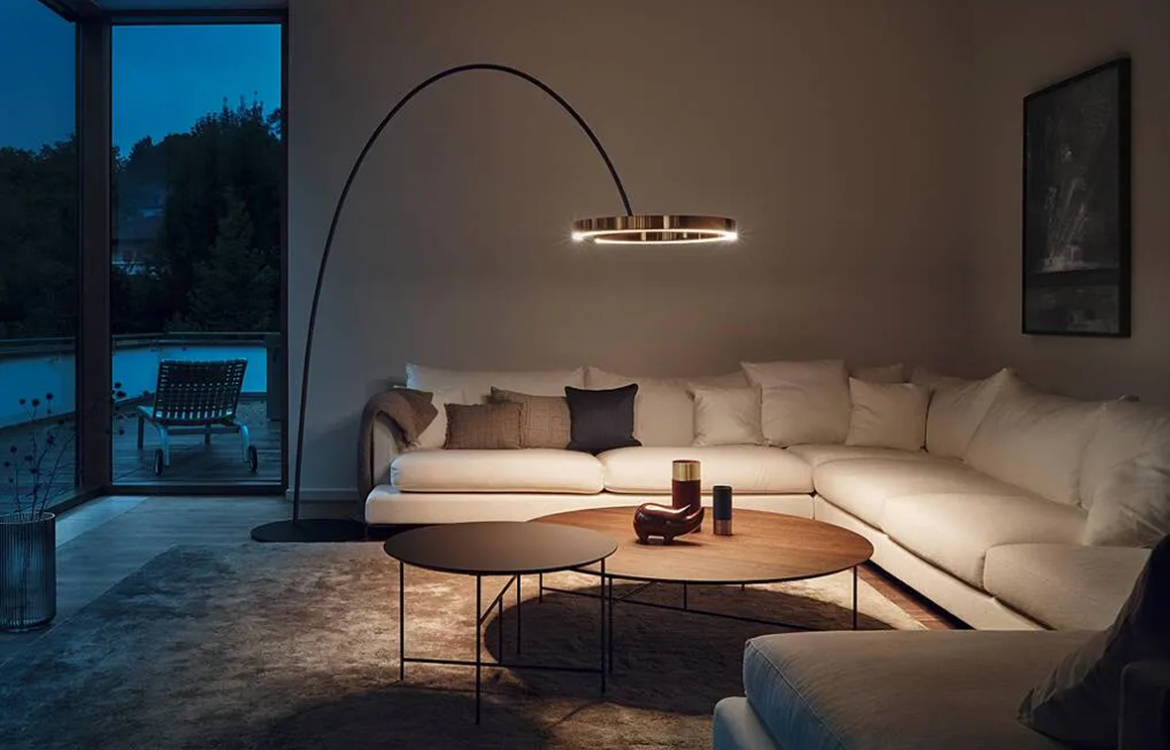Lighting plays a pivotal role in shaping the atmosphere, functionality, and emotional impact of indoor environments. In the United Kingdom, where daylight varies dramatically across seasons, understanding how to use light intentionally has become a key element in interior design, wellness, and productivity. Whether in homes, offices, or public spaces, light is much more than illumination — it is a powerful tool to influence mood, comfort, and wellbeing.
Advertising
The Science of Light and Mood
Light affects the human body both visually and biologically. Beyond enabling us to see, it regulates circadian rhythms — the natural 24-hour cycles governing sleep, hormone production, and alertness.
In the UK, where winter days can be short and grey, inadequate natural light can contribute to seasonal affective disorder (SAD), a form of depression linked to reduced sunlight exposure. Conversely, proper light exposure boosts serotonin levels, improving mood and energy.
Types of Lighting and Their Psychological Effects
1. Natural Light
Maximising daylight is fundamental to biophilic design and wellbeing. Sunlight supports vitamin D synthesis, regulates circadian rhythms, and creates uplifting spaces.
UK architects often prioritise large windows, skylights, and reflective surfaces to enhance daylight penetration, especially in northern regions like Scotland where natural light is limited.
2. Ambient Lighting
Ambient or general lighting provides overall illumination. Warm tones (around 2700K to 3000K) create cozy, relaxing atmospheres suitable for living rooms and bedrooms. Cooler whites (4000K and above) enhance alertness, ideal for kitchens and workspaces.
3. Task Lighting
Focused lighting aids specific activities such as reading or cooking. Adjustable, bright task lights reduce eye strain and improve concentration.
4. Accent Lighting
Accent lights highlight architectural features or artworks, adding depth and visual interest. They can evoke drama or intimacy depending on intensity and placement.
5. Dynamic and Smart Lighting
Advanced systems allow users to adjust colour temperature and brightness throughout the day to mimic natural light patterns, supporting circadian health. Smart lighting controlled via apps or voice assistants is increasingly popular in UK homes and offices.
How Light Shapes Interior Mood
-
Warm Light: Creates intimacy, calmness, and comfort. Ideal for evening relaxation and social spaces.
-
Cool Light: Stimulates alertness and focus, beneficial in study areas and offices.
-
Colour Lighting: Use of coloured LEDs (e.g., blue for calm, red for energy) can tailor mood, though overuse may cause strain.
-
Brightness Levels: High brightness energises, while dimmed light soothes and prepares the body for rest.
Seasonal Considerations in the UK
Given the UK’s climate, lighting strategies often compensate for seasonal variations:
-
Winter: Increased use of warm, bright artificial lighting combats gloom and supports mental health.
-
Summer: Use of shades and diffusers controls glare while maintaining daylight benefits.
Practical Lighting Tips for UK Interiors
-
Use layered lighting combining ambient, task, and accent sources.
-
Incorporate dimmers to adjust brightness according to time and activity.
-
Opt for LED bulbs with adjustable colour temperatures.
-
Position mirrors opposite windows to reflect natural light deeper into rooms.
-
Create outdoor views to connect occupants with daylight cycles.

